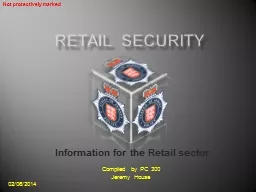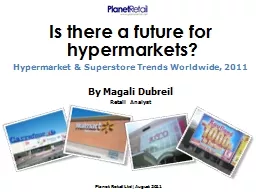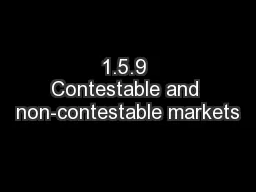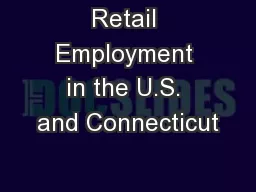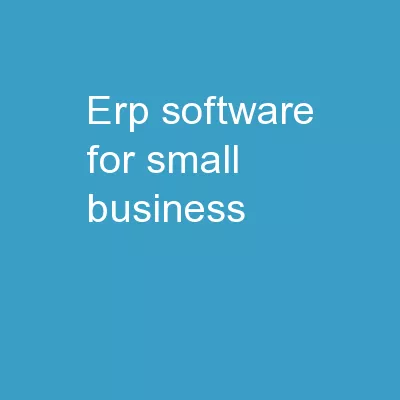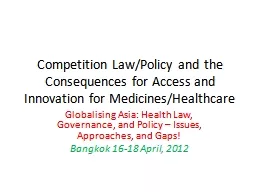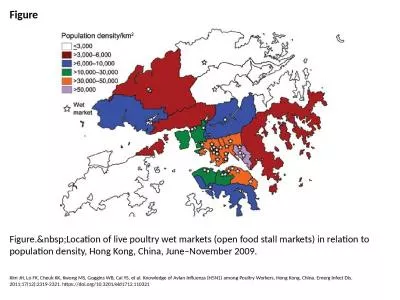PPT-Retail Competition, Open Access, Power Markets and DISCOMs
Author : aaron | Published Date : 2019-03-05
A mediumterm outlook Ann Josey Prayas Energy Group Distribution Utility Meet DUM 2017 29 th November 2017 Bangalore About Prayas Energy Group Notforprofit organisation
Presentation Embed Code
Download Presentation
Download Presentation The PPT/PDF document "Retail Competition, Open Access, Power M..." is the property of its rightful owner. Permission is granted to download and print the materials on this website for personal, non-commercial use only, and to display it on your personal computer provided you do not modify the materials and that you retain all copyright notices contained in the materials. By downloading content from our website, you accept the terms of this agreement.
Retail Competition, Open Access, Power Markets and DISCOMs: Transcript
Download Rules Of Document
"Retail Competition, Open Access, Power Markets and DISCOMs"The content belongs to its owner. You may download and print it for personal use, without modification, and keep all copyright notices. By downloading, you agree to these terms.
Related Documents


